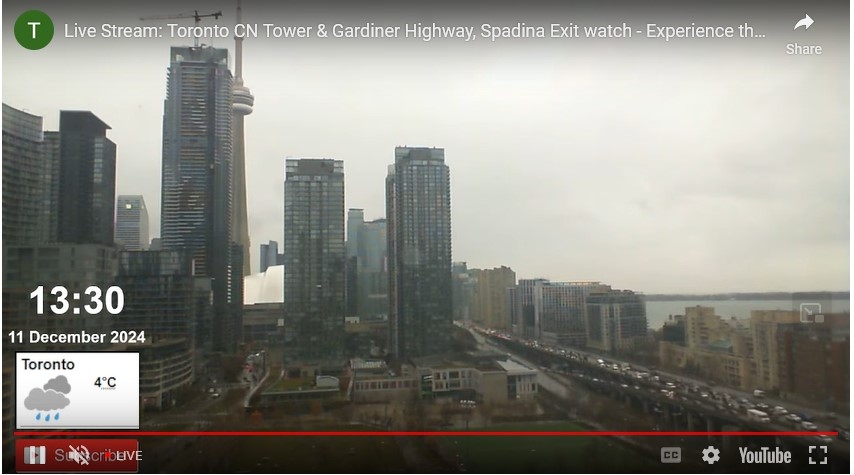this post was submitted on 11 Dec 2024
86 points (89.8% liked)
Toronto Cycling
154 readers
1 users here now
All things cycling in Toronto
Links:
founded 2 years ago
MODERATORS
you are viewing a single comment's thread
view the rest of the comments
view the rest of the comments

What bothers me the most about Bill 212, Reducing Gridlock, Saving You Time Act its solely "car brained".
As a example the 401 on an average weekday serves about 500,000 commuters. While the subway system in Toronto on a average weekday servers close to three times that. Could you imaging if all these transits riders instead commutted by car?
Average travel times have increase along the 401 by 30-40 seconds, while on the Toronto subway average travel times have increase on average by 15min.
By this metric why does this bill not look at increasing reliability of transite? Cough Cough Ellington LRT, Cough Cough Finch West LRT.
Transit by these metrics is more efficient in moving larger amounts of people, but it's failing in moving them quickly due to mismanagement and lack of public funding.
Viable alternatives to car dependency is exactly what helps in Reducing Gridlock, and Saving You Time.
On most Toronto streets as a example with proper infrastructure planing and the addition of bike lanes average commute times have gone down. University Ave as a example saw average commute times go down by 30 seconds since the installation of bike lanes.
More people have chosen to cycle, walk, or take transit. This means less congestion caused by cars and a quicker commute.